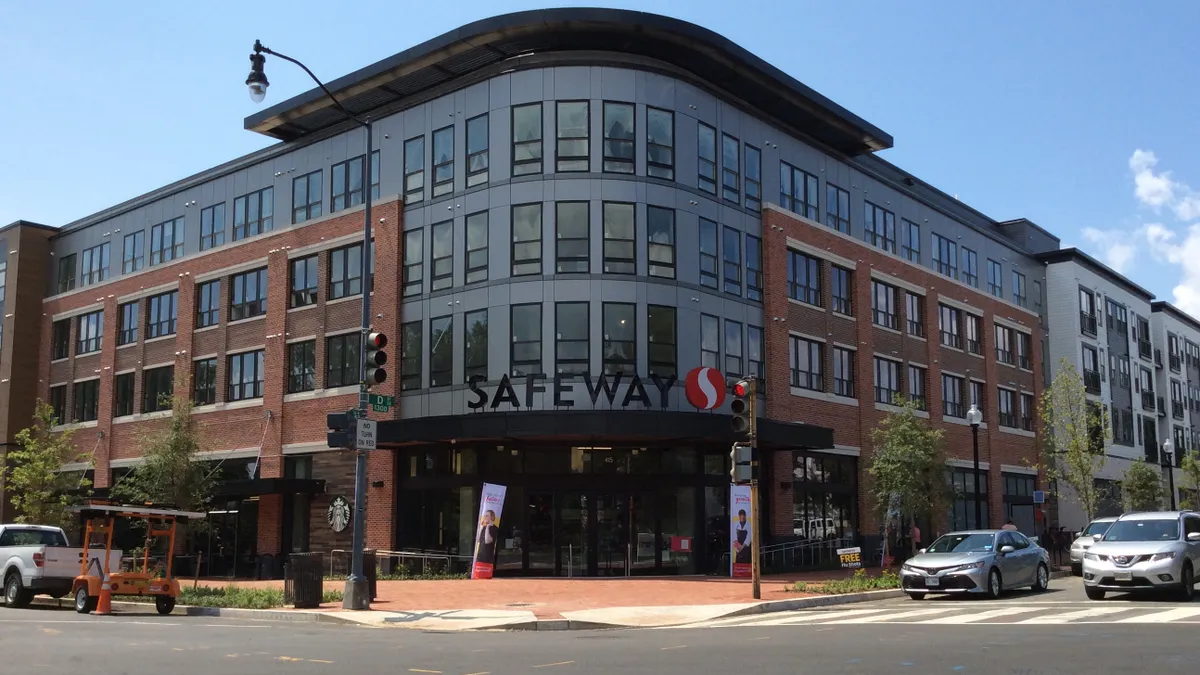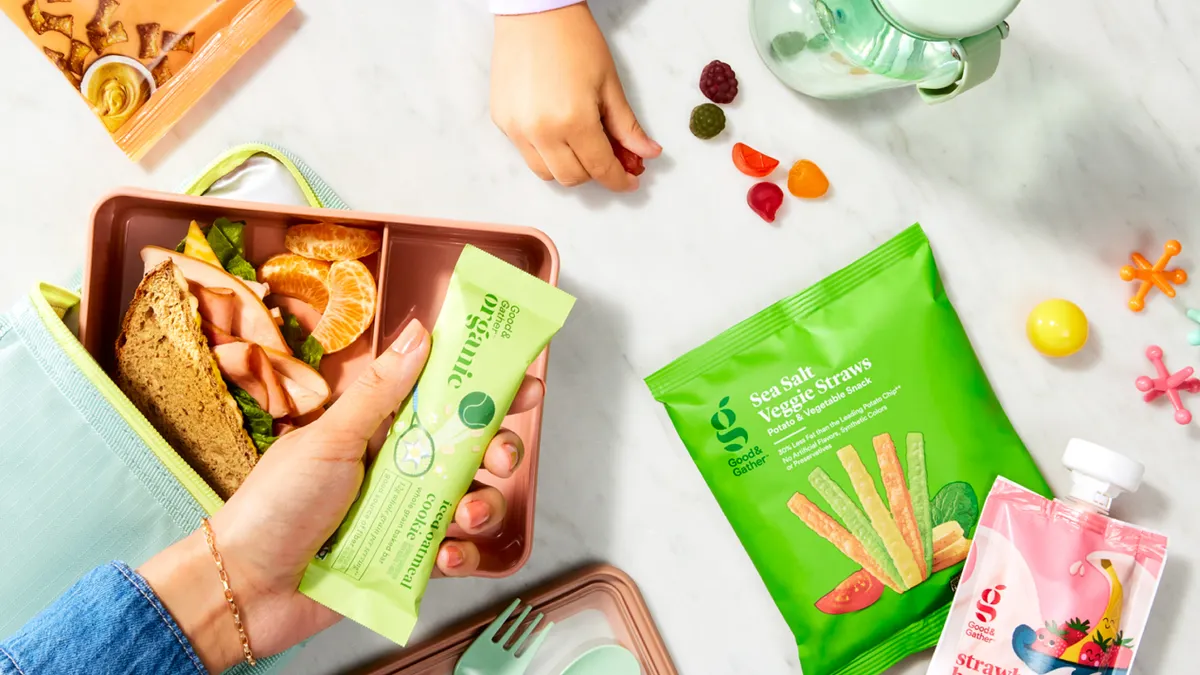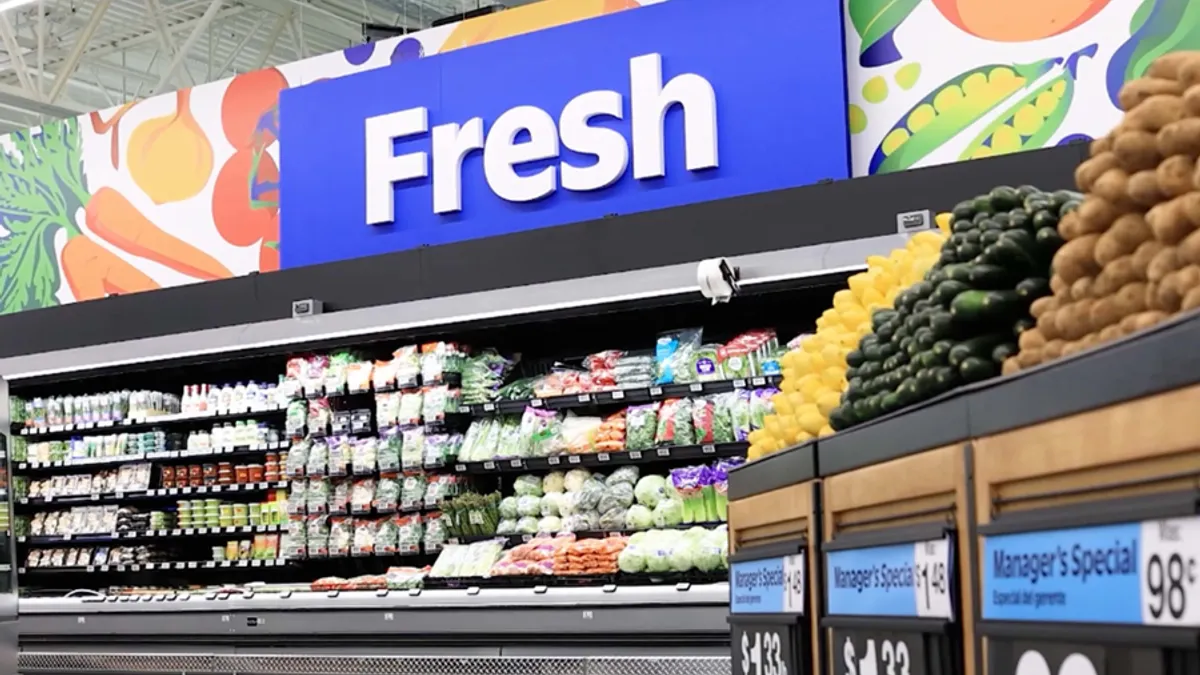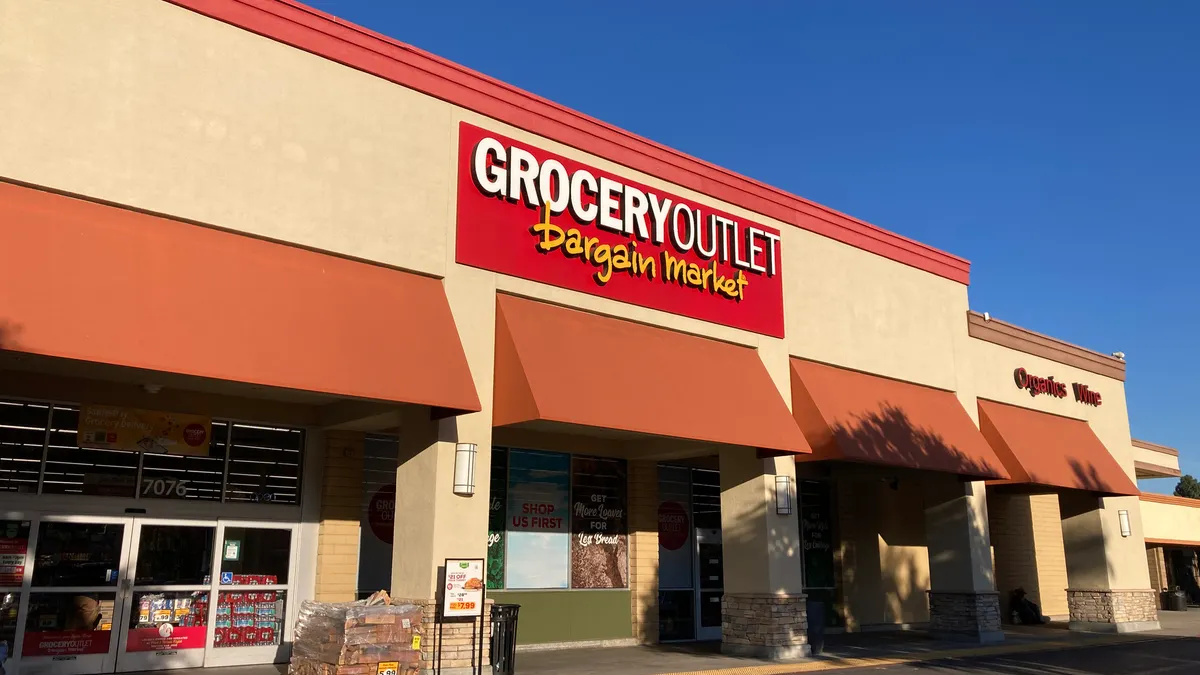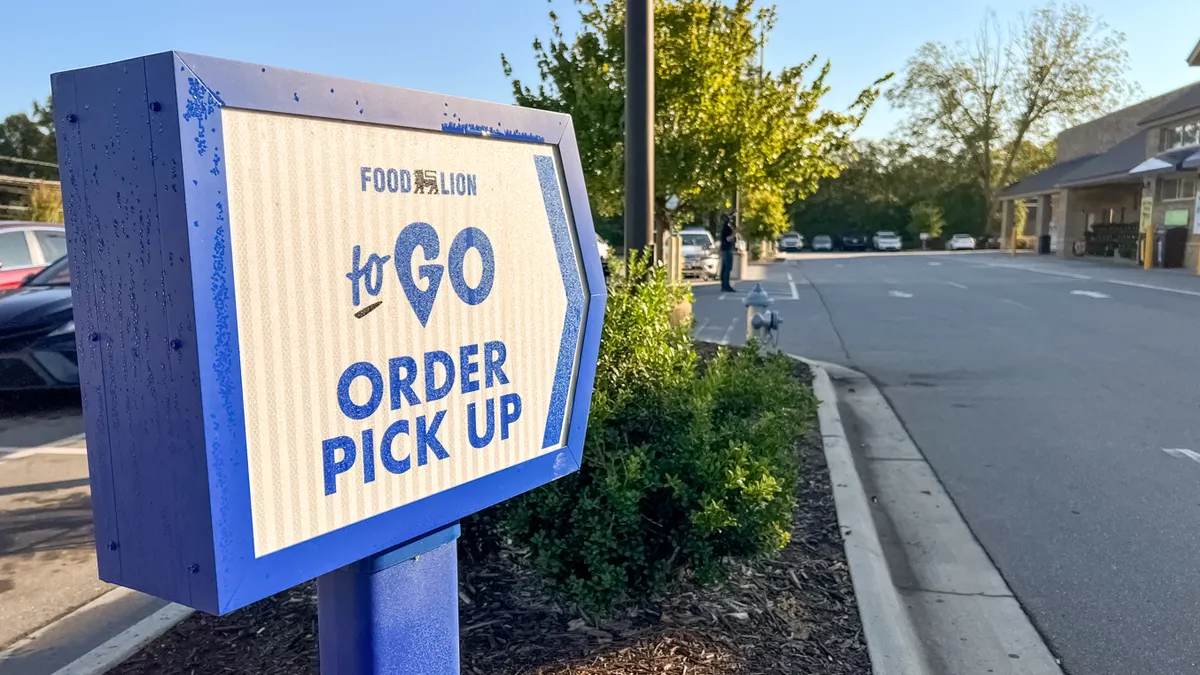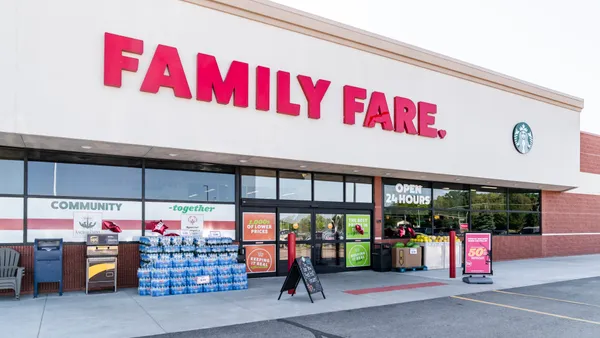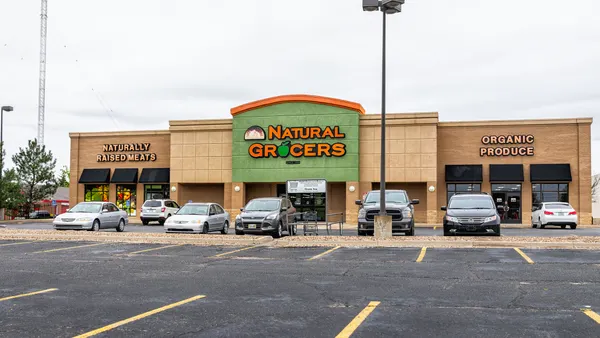On the surface, the latest comparable-store sales figures from the largest publicly traded supermarket chains in the U.S. paint a troubling picture.
Kroger and Ahold Delhaize’s U.S. division both saw their fourth-quarter comps continue to lose momentum in their latest quarters, with the former reporting a contraction in the key financial metric for the second quarter in a row and the latter falling into negative territory. Albertsons’ comps in the third quarter, the latest quarter for which it has reported results, held steady at 2.9% — their lowest level since the second quarter of 2022.
All three companies’ comparable-store sales figures reflect sales excluding gasoline.
But while the consistent declines in the companies’ comparable-store sales could be interpreted as a sign that the grocers — which collectively operate roughly 7,000 supermarkets across the country — are losing their touch with consumers, the grocers’ latest performances are entirely consistent with the industry’s historical norms, said Arun Sundaram, vice president of equity research for CFRA Research.
With the exception of the sales surge by the COVID-19 pandemic, which catapulted all three retailers’ comps growth into the double digits in 2020 — the grocery industry has traditionally been a low-growth industry characterized by predictable, if unexciting, sales momentum, Sundaram said.
Year-over-year comparisons can pose challenges
Another consideration is that comparable-store sales, also known as identical or same-store sales, involve direct comparisons with a retailer’s performance with the same period in a prior year, Sundaram noted. That means a strong period of growth in one year can set up a company for disappointing comps down the line, he said.
For example, Kroger’s 0.8% drop in same-store sales growth during the fourth quarter of 2023 follows growth in the metric of more than 6% during the same period in 2022 — a level that reflected what Sundaram described as an exceptionally strong performance by the company. Ahold Delhaize saw even more robust sales growth during the fourth quarter of 2022 than Kroger did.
Kroger’s identical-store sales during its most recent two quarters would have been higher had the grocer not terminated its relationship with pharmacy benefits manager Express Scripts, company officials said during earnings calls.
By contrast, the grocers all reported quarterly identical-store sales growth of less than 3% during every quarter in 2019.
“If you take all that together, these retailers are much stronger today than they were prior to the pandemic,” Sundaram said, adding that the weakening same-store sales Kroger, Albertsons and Ahold Delhaize have seen were “bound to happen at some point” as the companies cycle the heady results they generated in earlier quarters.
Other publicly traded grocery chains have also seen their comparable-store sales growth slow down in recent quarters.
For example, Weis Markets reported a 0.2% increase in the metric during the fourth quarter of 2023, marking the second consecutive quarter during which its comps have lost energy on a year-over-year basis. SpartanNash’s same-store sales have also lost steam for several straight quarters and were negative during the company’s latest quarter for the first time since the second quarter of 2021.
Grocery store sales growth is returning to pre-pandemic levels
Scott Mushkin, CEO of R5 Capital, said the top drivers of the same-store sales declines the grocers have reported are the sharp drop in grocery inflation over the past year and the federal government’s elimination last year of emergency SNAP benefits distributed during the pandemic.
Grocers are also contending with trends impacting demand for groceries, such as a reduction in the number of people working from home and a lower birth rate, Mushkin said.
Mushkin added that traditional grocers are seeing their same-store sales soften against a backdrop of stronger competition from value-focused retailers like Walmart than they had seen before the pandemic. Walmart has taken noticeable strides in improving the quality of food it sells, particularly produce, and is stealing market share from traditional grocers, Mushkin said.
“I think if you listen to some of the CPG companies, people thought that as inflation came down demand would be a little stronger. But that hasn’t been the case,” said Mushkin. “We’ve seen a decent amount of market share shift, particularly to Walmart. And that leaves a lot of traditional grocers as kind of the odd man out in the marketplace, and they’re struggling for volume share.”
Sundaram said the grocery industry is shifting away from looking to inflation as a revenue driver and instead taking concrete steps to increase the number of products people buy, a trend that he said bodes well for supermarket operators as they adjust to calmer conditions.
“Volume growth is more sustainable than growth via higher prices, and right now the entire industry is trying to figure out how to improve volumes,” Sundaram said.
Grocers are also in a position to pressure CPGs to hold back on raising prices, which could help supermarkets boost the amount of goods they sell, he said.
“If food suppliers come to them with price increases [some grocers] are going to push back and be like, ‘Hey, we’re not experiencing the same type of cost increases you guys are. Is this really justified?’” Sundaram said. “So I think the conversations between retailers and suppliers are a little bit tougher right now versus the past few years when it was kind of understood that costs were going up across the board.”



